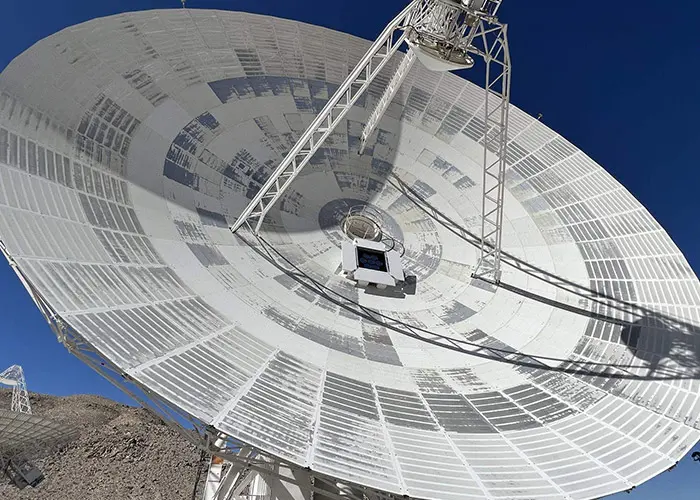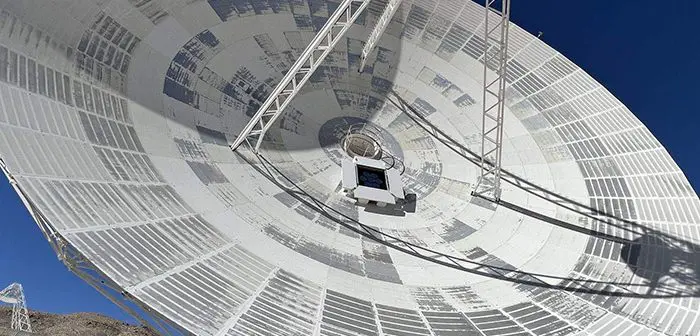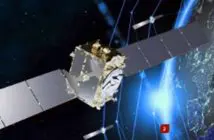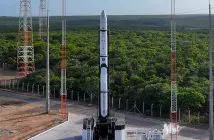
NASA has selected four companies to expand its Near Space Network’s commercial direct-to-Earth capabilities services. NASA says this is a mission-critical communication capability that allows spacecraft to transmit data directly to ground stations on Earth.
The new Near Space Network services contracts are firm-fixed-price, indefinite-delivery/indefinite-quantity contracts.
The Near Space Network provides communications and navigation services to missions out to 2 million kilometres, enabling spacecraft to exchange critical data with mission operators on Earth.
The network uses space relays in geosynchronous orbit and a global system of government and commercial direct-to-Earth antennas on Earth, bringing down terabytes of data daily.
The new Near Space Network services contracts are firm-fixed-price, indefinite-delivery/indefinite-quantity contracts. The project timelines span from February 2025 to September 2029, with an additional five-year option period that could extend a contract through September 2034. The cumulative maximum value of all Near Space Network Services contracts is USD4.82 billion.
Some companies received multiple task orders for subcategories identified in their contracts. The awards are as follows:
Intuitive Machines of Houston will receive two task order awards on its contract for Subcategory 1.2 GEO to Cislunar Direct to Earth (DTE) Services and Subcategory 1.3 x Cislunar DTE Services to support NASA’s Lunar Exploration Ground Segment, providing additional capacity to alleviate demand on the Deep Space Network and to meet the mission requirements for unique, highly elliptical orbits. The company had previously received a task order award for subcategory 2.2 GEO to Cislunar Relay Services.
Norway’s Kongsberg Satellite Services will receive two task order awards on its contract for Subcategory 1.1 Earth Proximity DTE and Subcategory 1.2 to support science missions in low Earth orbit and NASA’s Lunar Exploration Ground Segment, providing additional capacity to alleviate demand on the Deep Space Network.
SSC Space US Inc. will receive two task order awards on its contract for Subcategories 1.1 and 1.3 to support science missions in low Earth orbit and to meet the mission requirements for unique, highly elliptical orbits.
Viasat will be awarded a task order on its contract for Subcategory 1.1 to support science missions in low Earth orbit.
The Near Space Network’s direct-to-Earth capability supports many of NASA’s missions, ranging from climate studies on Earth to research on celestial objects. It also will play a role in NASA’s Artemis campaign, which calls for long-term exploration of the Moon.
As part of the agency’s SCaN (Space Communications and Navigation) Program, teams at NASA’s Goddard Space Flight Center will carry out the work of the Near Space Network. NASA’s goal is to provide users with communication and navigation services that are secure, reliable, and affordable.





